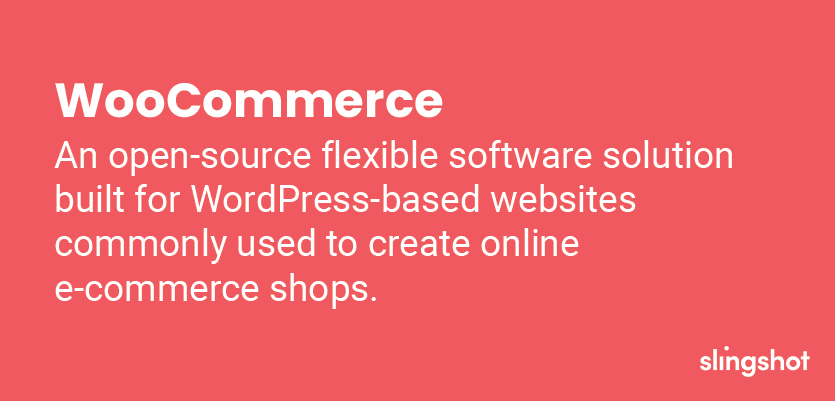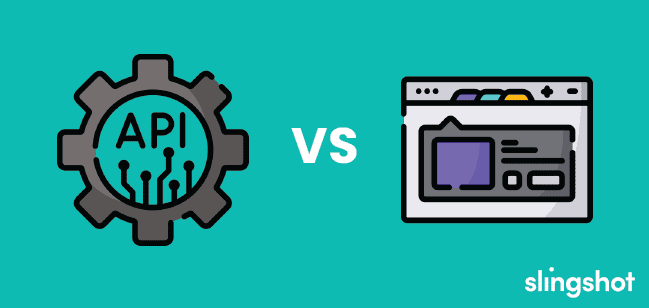A bit ago, we shared a blog titled When to Use WordPress vs a Custom Web App. And in that piece, we had a note that there’d be an upcoming article about when it makes sense to use a combination of custom software and WordPress.
Good news friends: today’s the day! We’re going to dive into the reasons you would want to use WordPress in Custom Software, ways you can implement it, and examples of when it makes sense to use WordPress.
A bit ago, we shared a blog titled When to Use WordPress vs a Custom Web App. And in that piece, we had a note that there’d be an upcoming article about when it makes sense to use a combination of custom software and WordPress.
Good news friends: today’s the day! We’re going to dive into the reasons you would want to use WordPress in Custom Software, ways you can implement it, and examples of when it makes sense to use WordPress.
Summary
- Utilizing WordPress in custom software offers efficient and adaptable solutions with pre-built functionalities such as content management and eCommerce capabilities.
- Implementation can be achieved via an API for controlled content or embedded output for retaining styling, providing seamless user experiences.
- Examples of WordPress solutions within custom software include user registration, credit card payments, directories, real estate listings, job boards, support tickets, task managers, and event calendars, making it a valuable tool for developers.
Reasons to Use WordPress in Custom Software:
In today’s development jungle, you have to do more with less. More features, less time. More complexity, less money. It’s all about finding efficient and adaptable solutions to keep up with high expectations.
And when it comes to custom software development, WordPress can save you from reinventing the wheel. How, you ask? Well, WordPress has a lot of pre-built functionality that you can use in your custom software. And some of those functionalities are just a paragraph away:
Content Management Architecture:
Picture this: a preconfigured and user-friendly platform for managing content that puts the power in your hands. With WordPress, you have the ultimate content management architecture already built right at your fingertips.
Managing posts, tags, categories, and custom taxonomies has never been easier. You essentially have a magical wand that banishes content chaos and brings forth streamlined awesomeness. Say goodbye to confusion and hello to easy blogs, articles, and more.
eCommerce Capabilities:
As early as the 90s, people were hoping online to buy anything and everything. Clothing, books, furniture; you name it, there’s an online store for that. What business doesn’t love the idea of having its own digital shop of wonders? Well, with WordPress and WooCommerce, that goal is a lot easier.

This dynamic duo is a match made in digital heaven. WordPress provides a solid foundation, while WooCommerce jumps in to create a feature-packed online store. And all of it can be built into your custom software. With the existing data structure for products, tags, categories, and attributes, you can showcase your products and services like a pro.
Plugin Ecosystem:
If you’ve ever heard of WordPress before this blog, then you probably know about the mega-size plugin ecosystem we’re dealing with. With more than 58,000 free plugins, it’s a treasure trove of possibilities that can take your custom software to new heights.
Need some extra functionality? Boom, there’s a plugin for that. Want to customize and extend WordPress to fit your unique needs? You betcha! With this vast selection of plugins, you have the power to transform your software into a powerhouse of features.
Implementing WordPress in a Custom Solution:
Now that you’re sold on the wonders of WordPress, let’s talk implementation. How do you make it happen? Well, my friends, there’s more than one way to skin this cat. In this case, two ways!
Via an API:
Imagine having the power to control how your Easily-created WordPress content looks and functions within your custom app. Well, with the WordPress REST API interface, that power is yours!
Developers can extract content from WordPress, manipulate it, and present it like never before. Sure, you might lose some of WordPress’s styling, but there are workarounds. You can recreate that style in your custom app, ensuring a seamless user experience. It’s like magic, folks!
Via Embedded Output:
Another option for you is embedding your WordPress output into your custom solution. That means the styling and formatting you did in WordPress will show up exactly the same in your custom solution. To oversimplify, it’s like a copy-paste.
Just keep in mind that this option comes with a couple of limitations. Design changes are a no-go, so you’ll have to work within WordPress’s style boundaries. And remember, this option is text-only, so leave your images, videos, and audio files at the door. But hey, for a text-only blog or similar content, it’s still a great option.

Examples of WordPress Solutions in Custom Solutions:
We have the why and the how, so no we need to look into the what. This is a good place to get some creative-juices flowing: see what’s possible, and then apply that to your product.
Let’s explore a range of examples that highlight how WordPress can be effectively utilized within custom software solutions:
- User Registration: You can create a smooth user registration system using WordPress’s user management capabilities.
- Credit Card Payments: Say hello to secure credit card payments by integrating WordPress with one of their payment plugins.
- Premium Content Subscription: Offer exclusive premium content subscriptions within your custom software using a Paid Memberships plugin.
- Directories: Build awesome directories (think business directories) using plugins like GravityView.
- Real Estate Listings: Get your real estate game on point with a custom software solution that manages listings.
- Job Boards: Wanna making hiring easier? Develop a killer job board application using plugins like Gravity Forms and GravityView.
- Databases and Document Libraries: Keep things organized with GravityView, which lets you manage databases and document libraries within your custom software.
- Support Tickets: Help your customers in style by implementing a support ticket system using WordPress plugins designed just for that purpose.
- Task Manager: Get those tasks under control! Create a task management system within your custom software using WordPress plugins.
- Event Calendar and Registration: Be the master of events with a snazzy event calendar and registration system powered by WordPress plugins.
Conclusion
And that, my friends, is the power of WordPress in custom software. From content management to eCommerce and beyond, it’s a versatile tool that can take your custom software to new heights WITHOUT using all your time and resources.
The robust content management architecture, eCommerce capabilities, and endless plugin possibilities make WordPress a nice tool for developers to keep in their back pocket. It’s not full proof or a 100% fix, but it sure is good to know!




